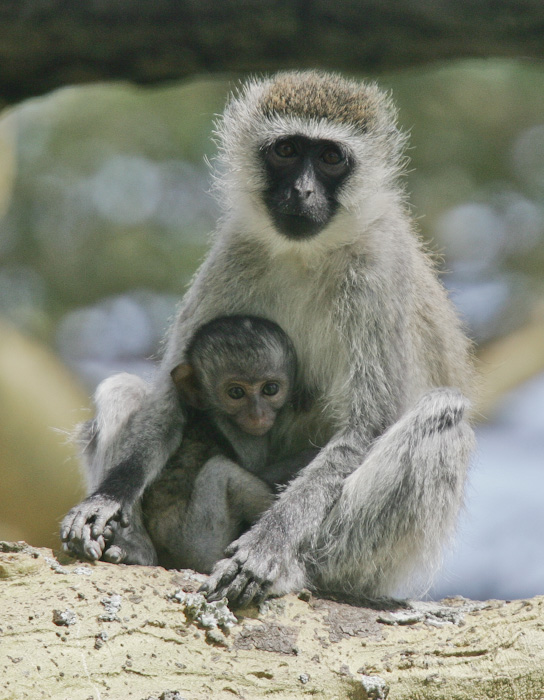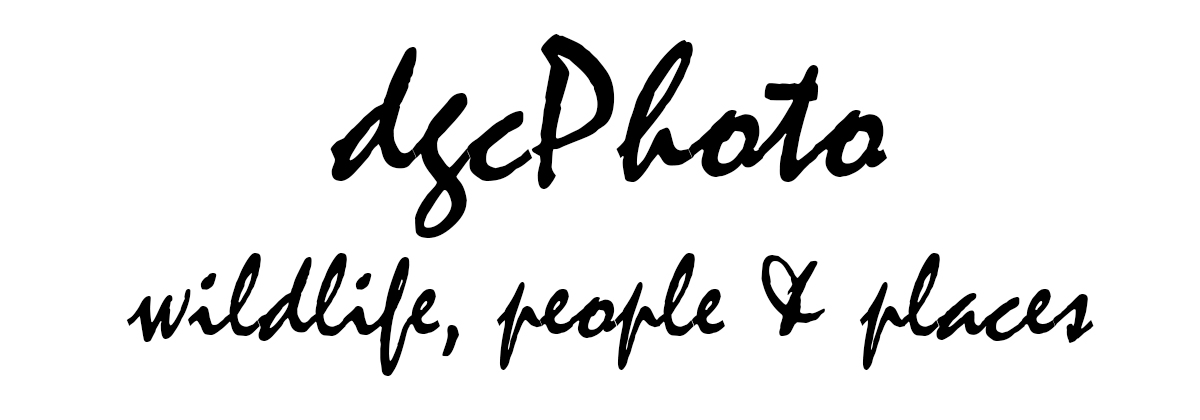
This vervet female with her young offspring were photographed at the Solio Game Reserve in Kenya where there is a thriving population.
Man is the biggest threat to vervet monkeys (Chlorocebus pygerythrus) in the wild.
Notes from the Enkosini Eco Experience website:
In addition to habitat encroachment and urbanization, thousands of vervet monkeys are trapped and sold every year to laboratories worldwide for medical research. Due to the misconception that they destroy fruit crops, vervet monkeys are also systematically eradicated by farmers. In fact, the farming community is responsible for a major portion (73%) of the many orphaned vervet monkey babies that are found in the wild. The vervet monkey is currently listed as a vulnerable species on Appendix Two of CITES (Convention for International Trade in Endangered Species).
Notes from Wikipedia:
The native range of vervet monkeys is sub-Saharan Africa from Senegal and Ethiopia down to South Africa. However, in previous centuries, a number of these monkeys were taken as pets by slavers, and were transported across the Atlantic Ocean to the Caribbean islands. The monkeys subsequently escaped or were released and became naturalized. The descendents of those populations are found on the West Indian islands and there is even a colony in Florida.
Canon 1DMkII with Canon 300mm f2.8L IS lens and Canonx2 extender; ISO 400 f5.6 1/1000.
[socialring]


